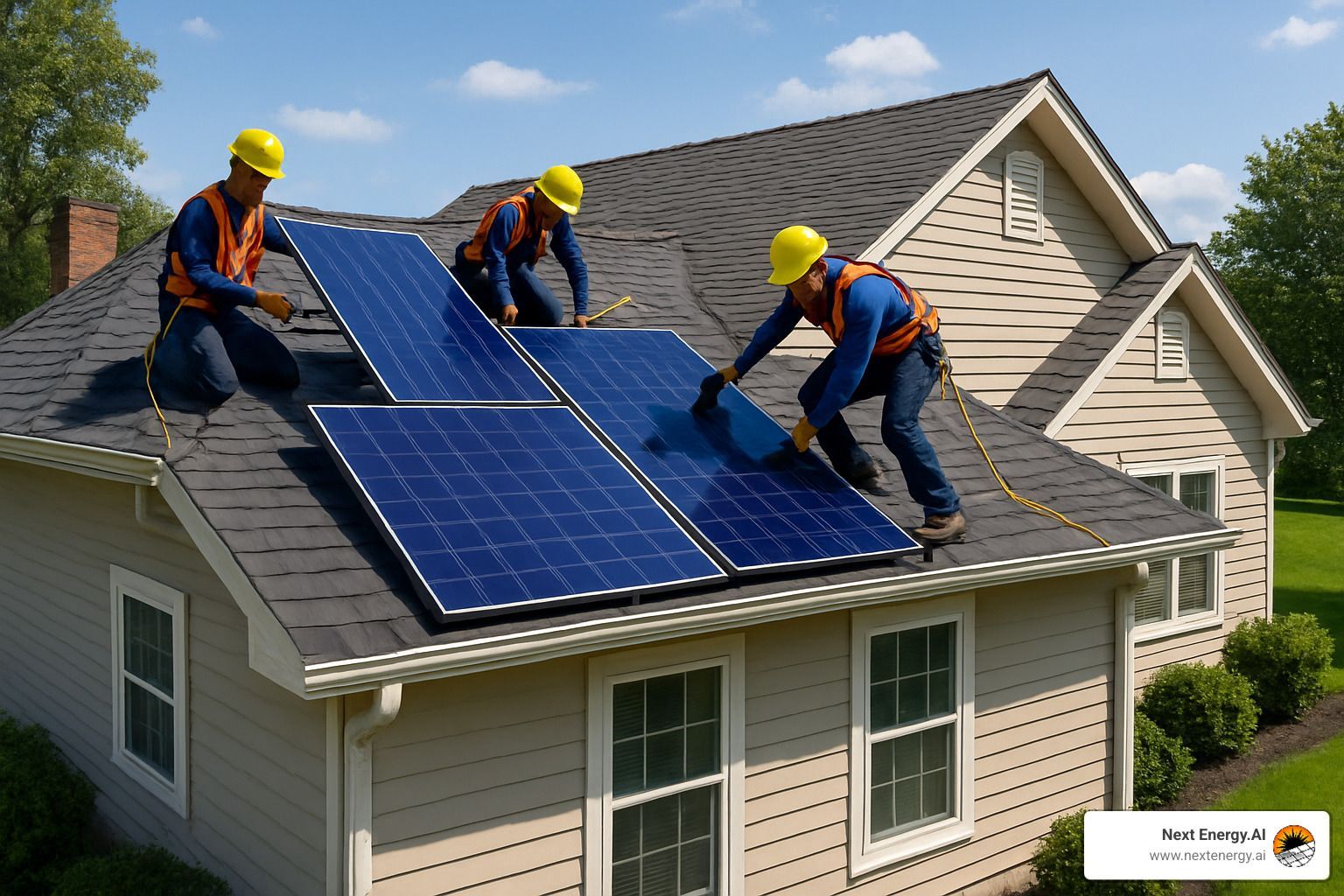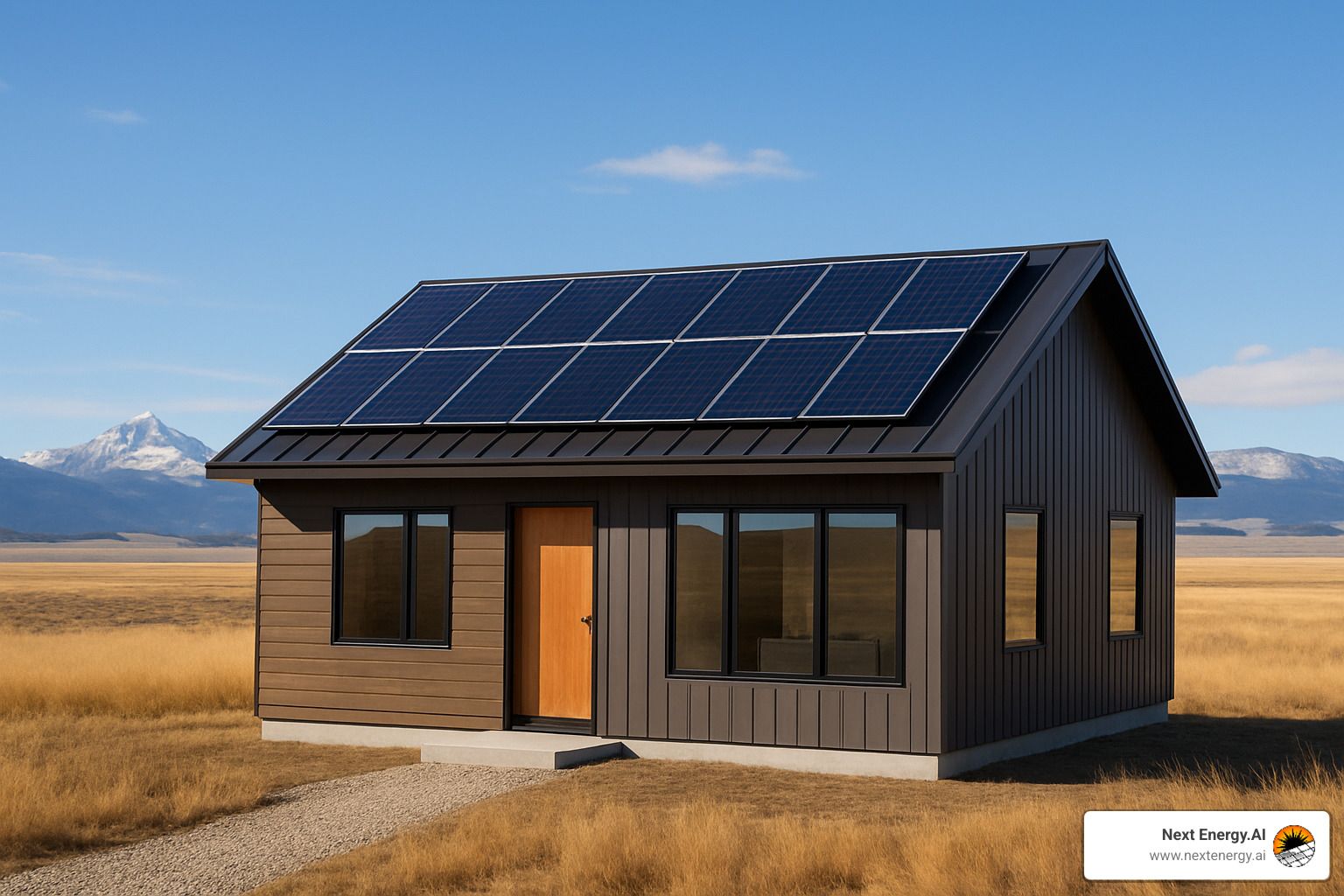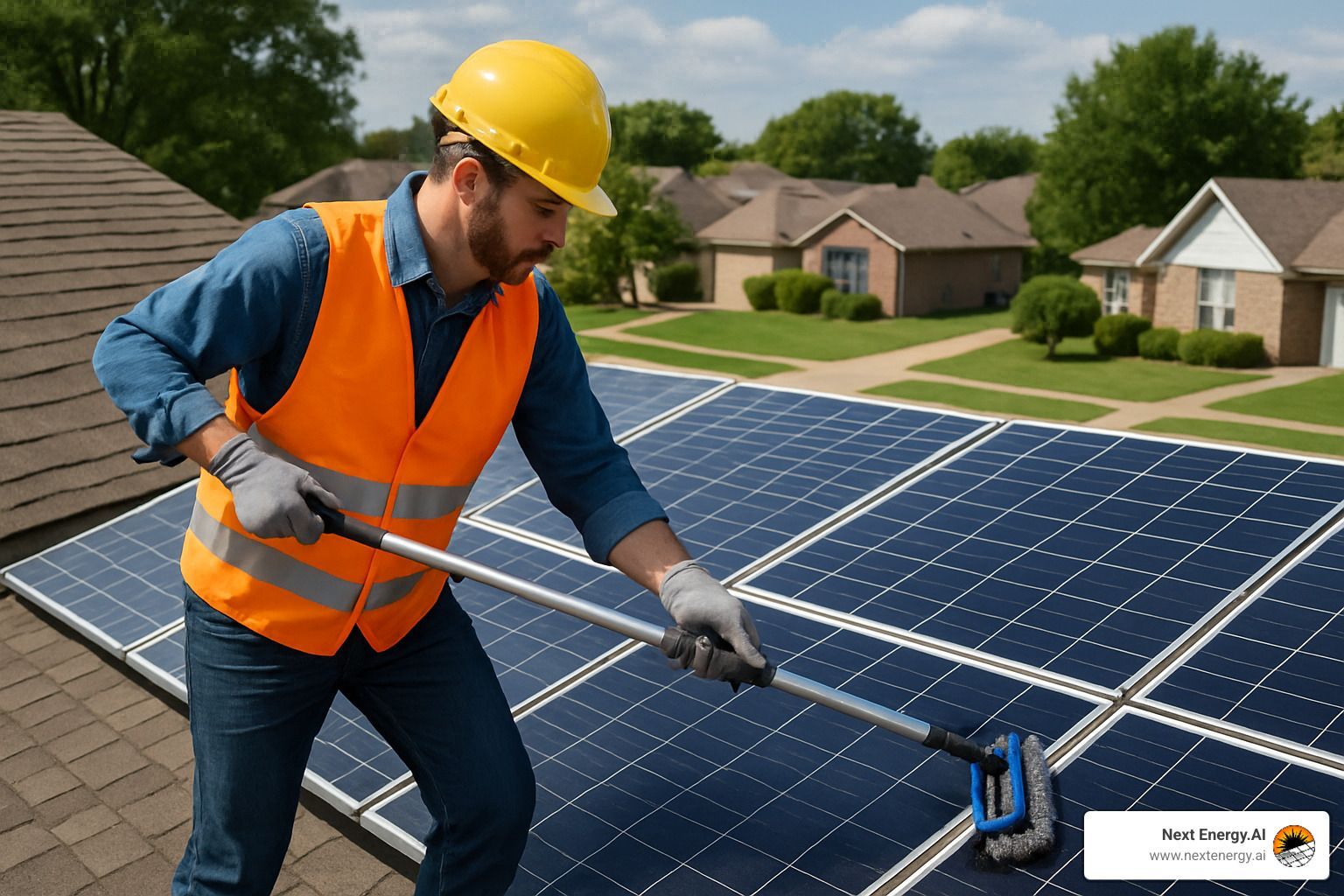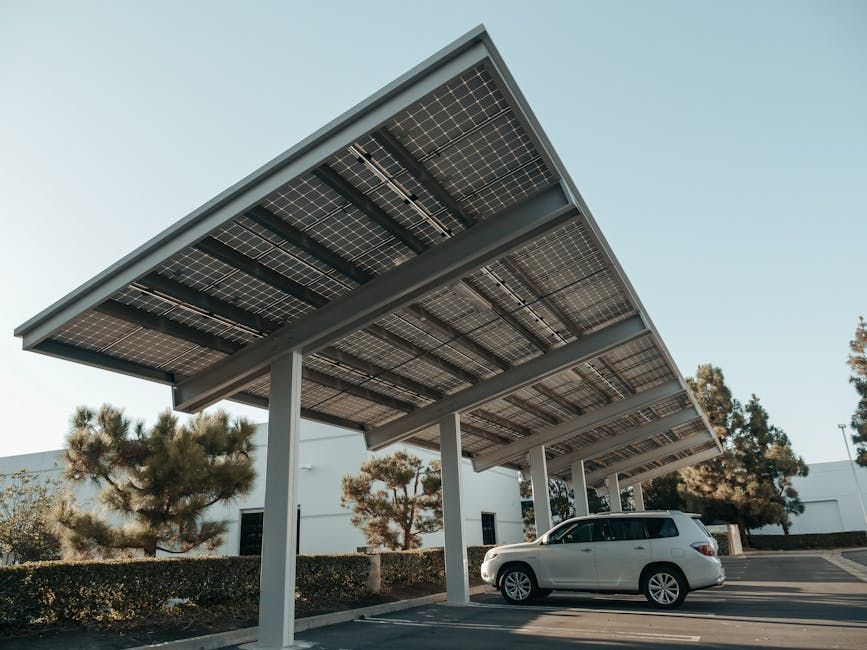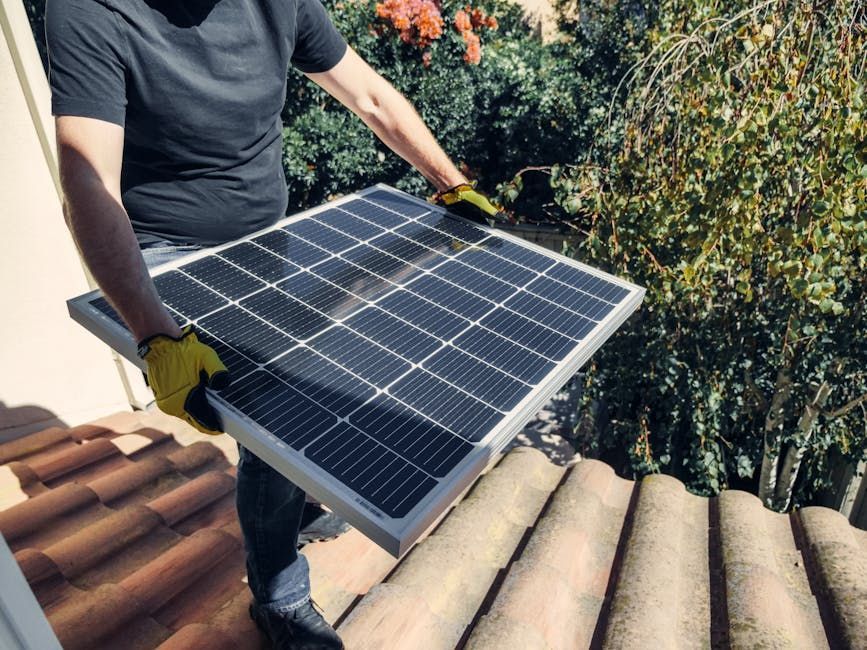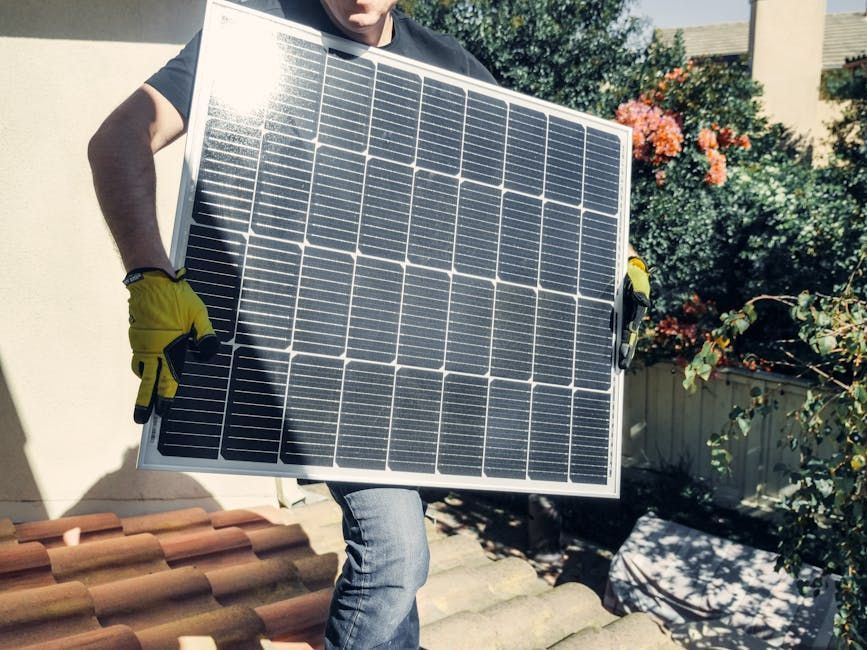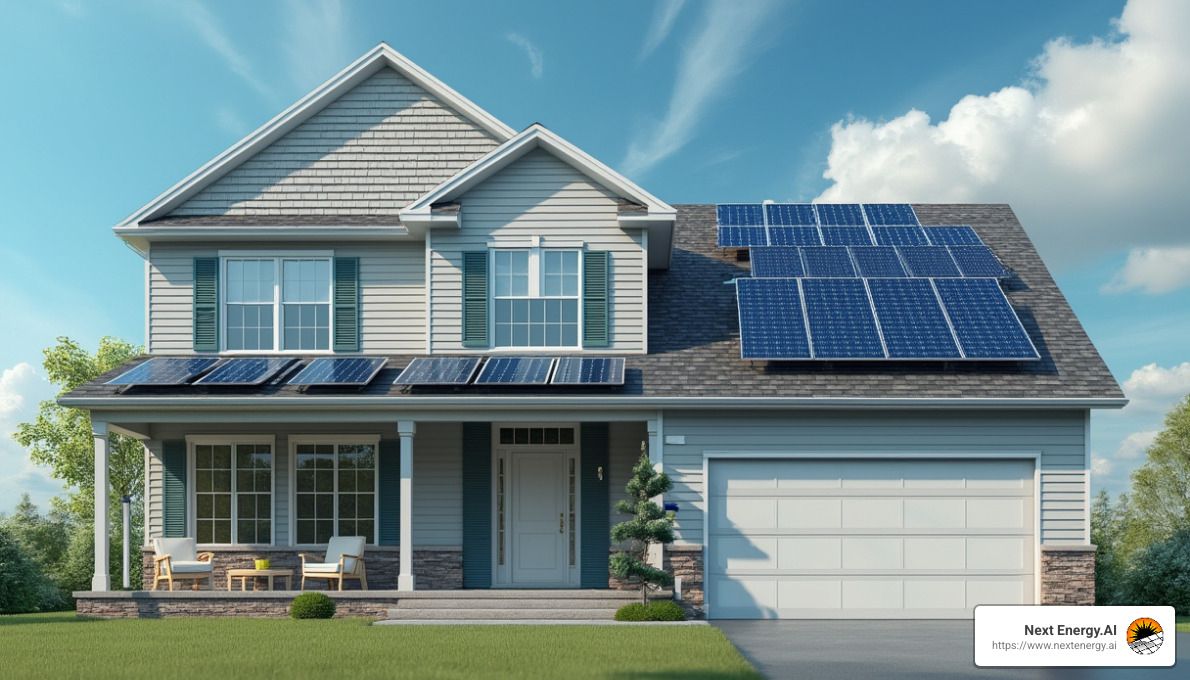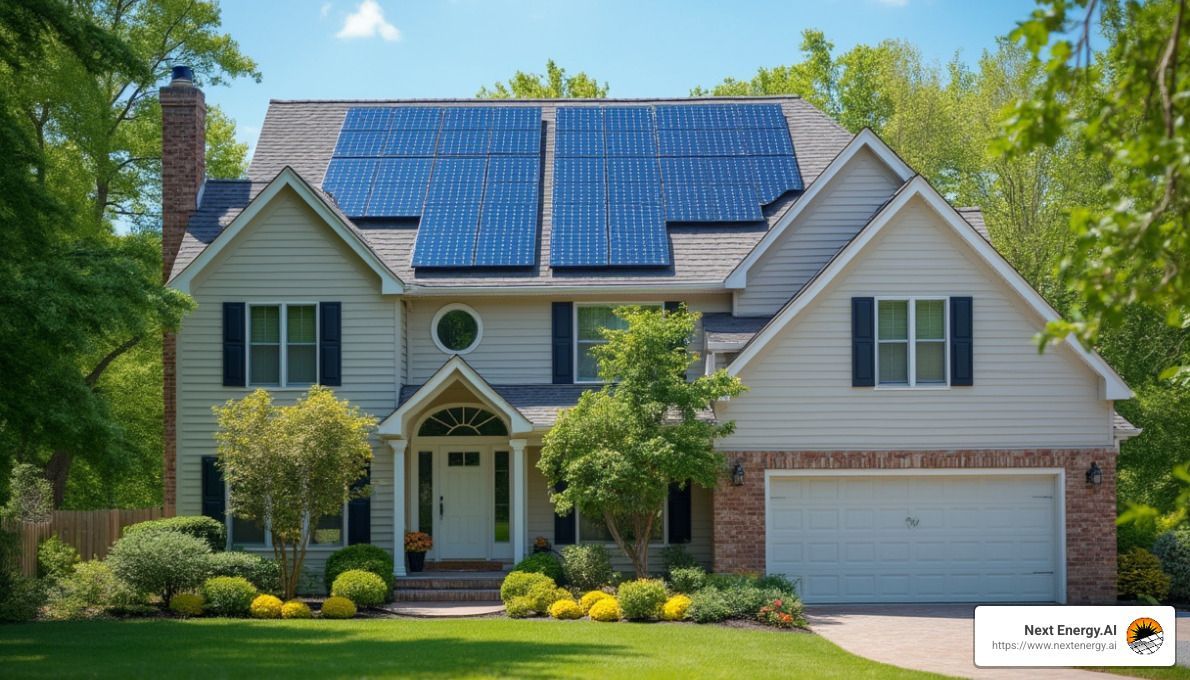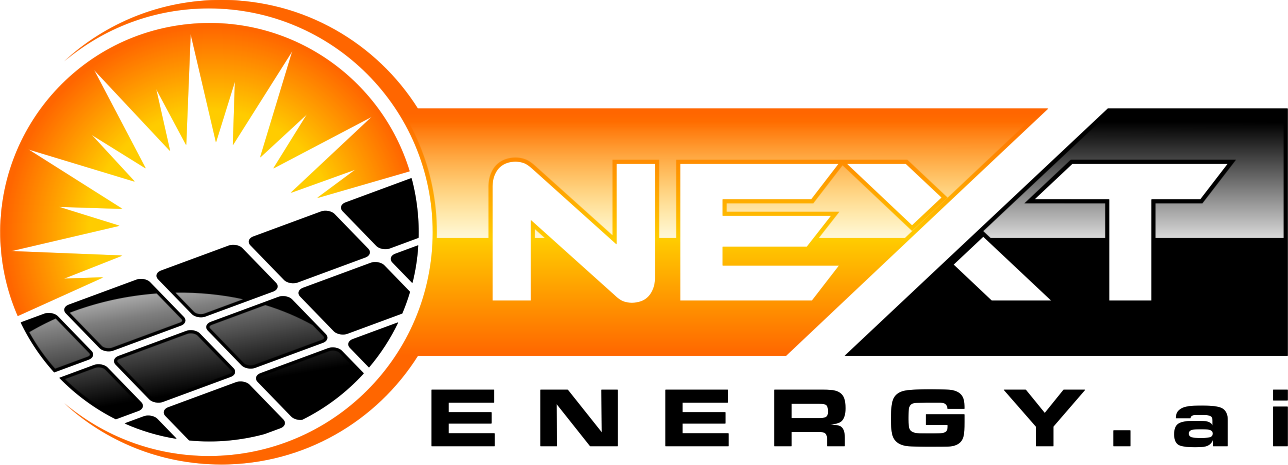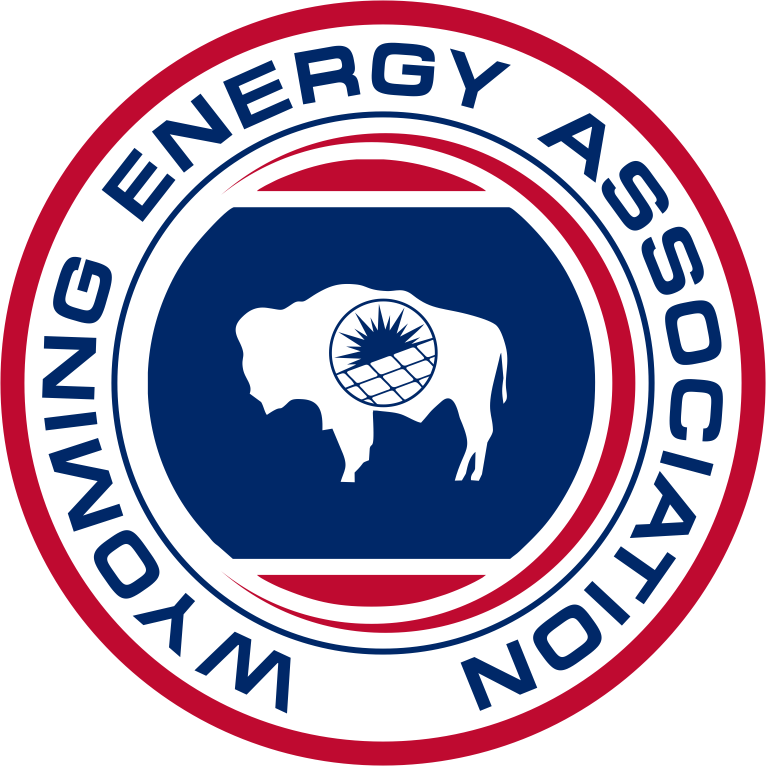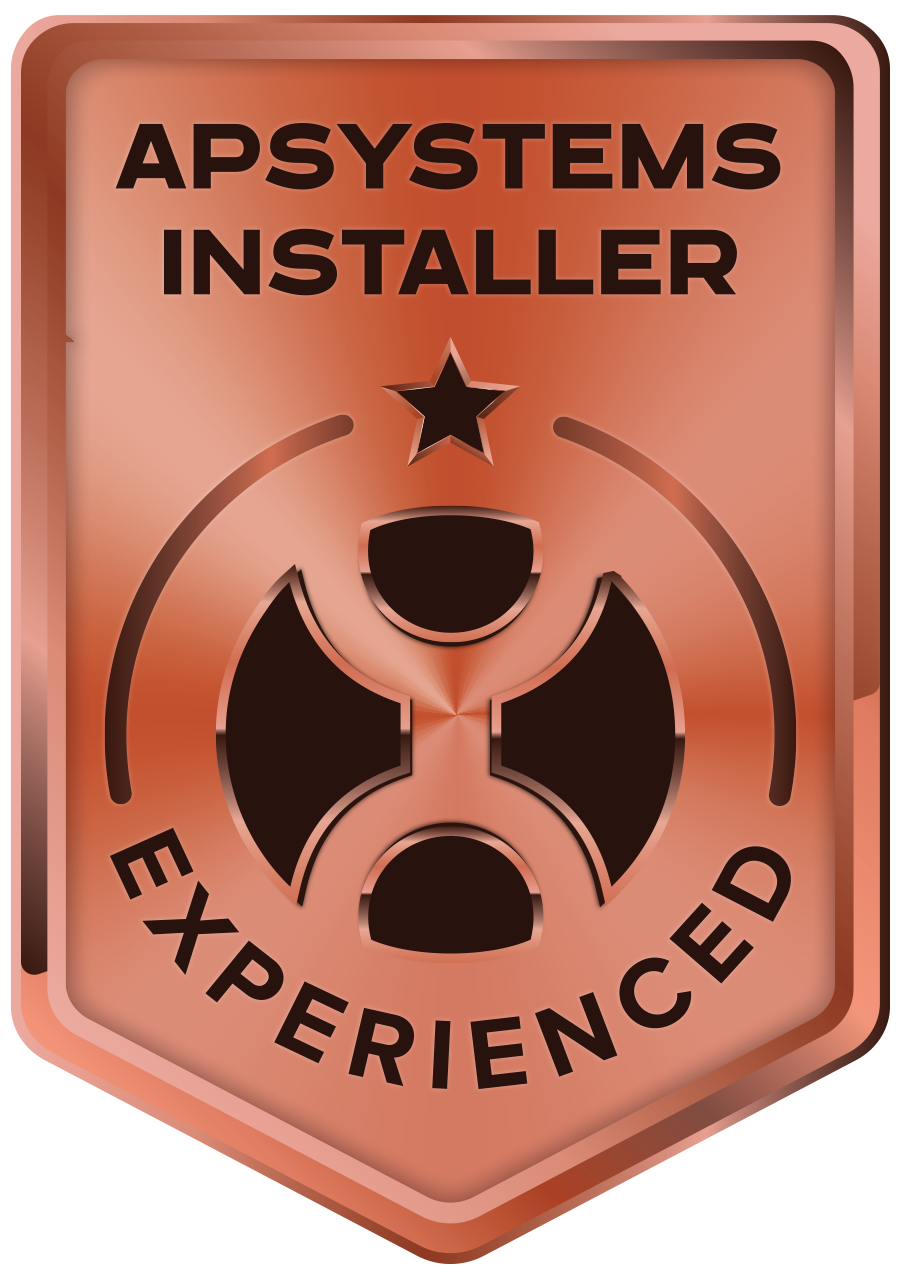Solar Savvy: Optimize Energy Use Without Battery Storage
How to optimize solar energy use without batteries is a question many eco-conscious homeowners in Northern Colorado are asking. To quickly address how to make the most of solar power without relying on battery storage, consider the following key points:
- Position panels for maximum sunlight exposure. South-facing panels often capture more sunlight.
- Choose high-efficiency solar panels. These panels convert more sunlight into electricity.
- Optimize energy usage. Use energy-intensive appliances during peak solar production hours.
- Consider your home's energy needs. Right-sizing your solar system ensures you generate just enough power.
Solar power is an alternative that can slash your energy bills while lowering your carbon footprint. By using the power of the sun, homeowners can enjoy the dual benefits of cost savings and environmental responsibility, especially without the complications of battery storage. While traditional systems often incorporate batteries to store electricity for when the sun isn't shining, battery-less systems can still efficiently power homes during sunny periods when paired with smart energy practices.
I'm Spencer Gordon, the CEO and President of Next Energy.AI. With years of experience in renewable energy, I am passionate about helping homeowners understand how to optimize solar energy use without batteries effectively. Let's dive deeper into enhancing your solar energy efficiency.
Understanding Solar Power Without Batteries
When it comes to solar energy, many people think of batteries as essential components. However, solar power without batteries is not only possible but also practical for many homeowners. Let's break down how this works, focusing on grid-tied systems, real-time electricity use, and net metering.
Grid-Tied Systems
Grid-tied solar systems are the most common type for residential use. These systems connect directly to the utility grid. This means that when your solar panels produce more electricity than your home needs, the excess is sent back to the grid. In return, you draw power from the grid when your panels aren't producing enough, like during the night or cloudy days.
Real-Time Electricity Use
Without batteries, solar power is used in real-time. When the sun is shining, your home can run on solar energy. Appliances, lights, and other electronics operate directly from the electricity your panels generate. This setup is efficient and straightforward, as it eliminates the need for complex battery storage systems.
Net Metering
Net metering is a key feature of grid-tied systems. It allows you to "store" excess energy by sending it back to the grid. Think of it like a bank account for your electricity. When your panels produce more than you need, you earn credits. Later, when your panels aren't producing enough, you can use those credits to draw power from the grid without extra costs.
This system not only helps balance your energy consumption but also reduces your electricity bills. In many cases, homeowners with net metering can significantly lower their energy costs or even eliminate them.
Benefits and Considerations
Using solar power without batteries simplifies the installation and maintenance process. It also reduces initial costs, as batteries can be expensive and require regular upkeep. However, without batteries, your solar system won't provide power during grid outages. For homeowners in areas with reliable grids, this trade-off is often worth the cost savings and simplicity.
By understanding these components, you can make informed decisions about how to best use solar energy in your home. Next, we'll explore how to optimize solar energy use without batteries by focusing on panel positioning, system sizing, and selecting high-efficiency panels.
How to Optimize Solar Energy Use Without Batteries
When you're using solar power without batteries, optimizing your system is key. Here’s how you can make the most of your solar setup.
Panel Positioning
The position of your solar panels plays a crucial role in how much energy they can capture. For most homes in the Northern Hemisphere, positioning panels to face south ensures maximum sun exposure throughout the day. Ensuring your panels are free from obstructions like trees or buildings is also essential. Regular cleaning to remove dust and debris can boost their efficiency as well.
System Sizing
Getting the right size system is vital for efficiency. Oversizing can lead to wasted energy, while undersizing might not meet your energy needs. To find the right balance, consider your household's average energy consumption. Consulting with a solar professional can help tailor the system size to your specific needs, ensuring you get the most out of your investment.
High-Efficiency Panels
Investing in high-efficiency panels can significantly boost your solar power usage. These panels convert a higher percentage of sunlight into electricity, making them more effective than standard options. Though they may cost more upfront, the long-term benefits often outweigh the initial expense. Increased efficiency means more energy for your home and less reliance on the grid, especially during peak sunlight hours.
By focusing on these areas, you can optimize your solar energy use without batteries, making your system both cost-effective and efficient. Next, we'll dive into maximizing solar power efficiency through smart energy management strategies.
Maximizing Solar Power Efficiency
Once you've optimized your solar setup, it's time to focus on maximizing solar power efficiency. This involves smart choices and strategies that make the most of the energy you generate.
Energy-Efficient Appliances
One of the simplest ways to maximize efficiency is by using energy-efficient appliances. These appliances use less electricity, which means your solar power goes further. Look for the ENERGY STAR label when shopping. This label ensures the appliance meets energy-saving standards.
Why does this matter? Using less energy means you can rely more on the power generated by your solar panels and less on the grid. This reduces your electricity bills and helps the environment.
Time-Shift Energy Usage
Another effective strategy is time-shifting your energy usage. This means running high-energy appliances, like dishwashers and washing machines, during peak sunlight hours. By doing this, you use the electricity your solar panels are generating in real-time.
Think of it like this: If your solar panels are producing the most energy between 10 a.m. and 2 p.m., try to do your laundry or run the dishwasher during these hours. This reduces the need to pull energy from the grid and maximizes the use of your solar power.
Energy Monitoring
To fine-tune your energy use, consider installing an energy monitoring system. These systems track how much electricity you use and when you use it. By understanding your energy consumption patterns, you can adjust your habits to align with peak solar production.
Here's a tip: Use monitoring data to shift energy use to times when your panels are producing the most power. This not only saves money but also makes your home more energy-efficient.
By integrating energy-efficient appliances, time-shifting energy usage, and energy monitoring into your daily routine, you can greatly improve the efficiency of your solar power system. These steps ensure that you're getting the most out of your solar investment, even without battery storage.
Next, we'll explore smart energy management strategies to further optimize your solar power system.
Smart Energy Management Strategies
Optimizing solar energy use without batteries can be a game-changer for your energy costs and independence. Here's how you can make the most of your solar power system with smart energy management strategies.
Time-of-Use (TOU) Tariffs
TOU tariffs are a fantastic way to lower your electricity bills. These tariffs adjust electricity costs based on the time of day. By planning your energy-intensive activities, like charging electric vehicles or running large appliances, during off-peak periods when electricity is cheaper, you can save money. Aligning these tasks with peak solar production hours can maximize savings even further.
Net Metering
Net metering is like a financial buffer for your energy use. When your solar panels produce more electricity than you need, the excess is sent back to the grid, and you get credits. Later, when your panels aren't producing enough, you use those credits to draw energy from the grid. This system acts like a virtual battery, balancing your energy production and consumption.
Imagine it as a lemonade stand: On sunny days, you make more lemonade than you can sell, so you give it to a neighbor for "lemonade credits." On cloudy days, you use those credits to get lemonade from the neighbor. This keeps your stand running smoothly, just like net metering keeps your energy use balanced.
Energy Independence
Achieving energy independence means relying less on the grid and more on your solar power. While full independence might be challenging without batteries, you can still significantly reduce your dependence. By using smart management strategies like TOU tariffs and net metering, you can optimize your solar use and move closer to energy independence. This not only cuts costs but also reduces reliance on fossil fuels and supports a cleaner environment.
By incorporating these smart energy management strategies, you can improve the efficiency of your solar power system and enjoy significant savings. Next, we’ll address some frequently asked questions about using solar energy without batteries.
Frequently Asked Questions about Solar Energy Without Batteries
How does solar work without batteries?
Solar systems can operate efficiently without batteries by being grid-tied. In a grid-tied system, your solar panels generate electricity and supply it directly to your home or the electrical grid. When your panels produce more electricity than you need, the excess is sent to the grid, and you receive credits through net metering.
Later, when your panels aren't producing enough energy, you can draw from the grid using those credits. This setup allows you to benefit from solar energy without needing a battery for storage.
Can I use solar panels and inverters without a battery?
Absolutely! You can use solar panels and inverters in a grid-tied system without a battery. In this setup, an inverter converts the DC electricity generated by your solar panels into AC electricity for home use. Some advanced inverters even support islanding, which allows you to power essential loads during grid outages without battery storage. However, this feature is specific to certain inverter models, so it's important to check compatibility when planning your system.
Is solar worth it without batteries?
Yes, solar can be highly beneficial without batteries, especially when you consider the cost savings and simplicity. By eliminating the need for batteries, you reduce installation and maintenance costs, as batteries can be expensive and require regular upkeep. This makes solar more accessible and affordable for many homeowners.
Moreover, a battery-less solar setup is simpler and less prone to technical issues, providing a hassle-free experience. While you may not have backup power during outages, the combination of grid-tied systems and net metering can still offer significant savings and environmental benefits.
By understanding these aspects, you can make informed decisions about optimizing your solar energy use without batteries. Next, we'll explore more about how AI-improved solutions from Next Energy.AI can further improve your solar experience.
Conclusion
As we look towards a future powered by renewable energy, it's clear that solar energy optimization is key. At Next Energy.AI, we are committed to providing solutions that maximize the potential of solar power systems, even without battery storage. Our AI-improved solar solutions are designed to transform your solar panels into smart energy management systems, ensuring you get the most out of your investment.
AI-improved technology plays a crucial role in this optimization. By analyzing your energy consumption patterns and weather data, our system can intelligently manage energy use, helping you take advantage of peak solar production times and reduce reliance on grid power. This not only increases efficiency but also maximizes cost savings.
Moreover, our solutions are custom to fit the unique needs of each client. Whether you're in Loveland, Colorado, or Cheyenne, Wyoming, our team is dedicated to providing personalized service and cutting-edge technology to help you achieve energy independence.
By choosing Next Energy.AI, you're not just investing in solar panels; you're investing in a smarter, more sustainable future. Let us help you harness the full potential of solar energy with our innovative solutions.
To learn more about how we can tailor a solar solution for you, visit our services page and start your journey towards optimized solar energy use without batteries.

